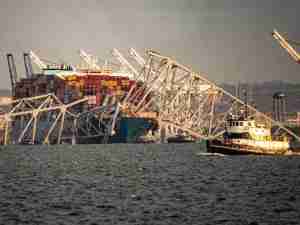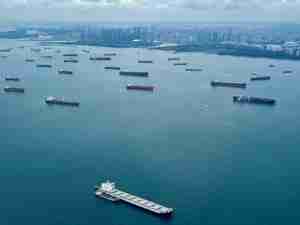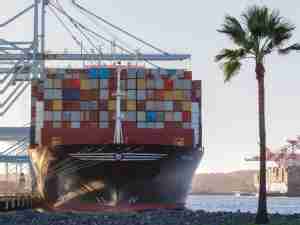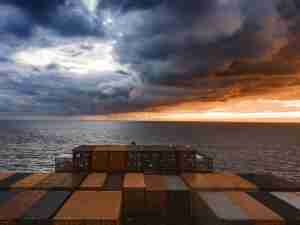Shipowners face expensive new regime over ballast water management
posted by AJOT | Jul 28 2013 at 08:00 PM | Maritime
Shipowners will soon be obliged to address new and expensive regulations to deal with ballast water. The Ballast Water Management Convention 2004 will require them to understand compliance standards, develop a ballast water management plan, select and install a treatment system and train personnel to operate the system. Their ships will be subject to surveys and inspection to maintain certification.
The Convention requires ratification by 30 states, accounting for 35 per cent of world merchant tonnage. To date, state signatures amounting to 29 per cent of that tonnage have been obtained with the remainder expected shortly.
The International Maritime Organization’s Marine Environment Protection Committee has issued guidelines to facilitate implementation and uniform interpretation of the Convention by all countries. The Convention takes a comprehensive overview of ballast water management, including reception facilities, water exchange, sampling, sediment reception, treatment technology and risk management.
The latest developments are summarised in a Legal Briefing on environmental law, just issued by the UK P&I Club.
There is strong support for the Ballast Water Management Convention, given the damage caused to the environment by invasive alien species, depletion of fish stocks and the high cost of controlling these effects. However, ballast water management systems must avoid harming ship, crew, environment and public health----and gain formal approval, in the UK from classification societies.
The cost of compliance to shipowners will be very high. A ballast water treatment system can cost from half a million to four million dollars. There will be ancillary costs, including developing a ballast water management plan, dry docking and installation.
There are two standards of compliance. The ballast water exchange standard (BWE) does not require the ship to install a treatment system but will be phased out by 2019. The ballast water performance standard (BWP) does require such a system.
Alternatives to the BWE and BWP methods must ensure at least the same level of protection to the environment, human health, property and resources.
Parties to the Convention can impose additional measures on ships to prevent, reduce or eliminate the transfer of harmful aquatic organisms and pathogens through ships’ ballast water and sediments. Ballast water management systems complying with the Convention standards may still fall foul of more stringent standards set in the USA and other countries. Shipowners who trade to these jurisdictions must, therefore, install systems that meet these more stringent standards.
Ballast water management plans must be tailored to each ship. They should include a description of the system, how it is operated, safety procedures for ship and crew, managing ballast and sediment onboard and procedures for disposing of sediment. The designated Ballast Water Management Officer has to ensure all ballast water operations are recorded in a Ballast Water Record Book----which must be available on board for inspection by authorised officers.
The Plan, in the working language of the crew, should be “simple, realistic, practical, easy to use and understood by all personnel engaged in ballast water management on board and ashore.”
Factors affecting system choice include space onboard, enough energy to operate the system, compatibility with existing systems on board, crew safety, operating time, and cost.
Staff training will play a key part in each plan. Training should encompass broad awareness of the Convention’s requirements, the operation and maintenance of the installed system, safety aspects, maintaining the safety or health of crew and passengers, entering tanks for sediment removal, handling, packaging and storing sediment safely, dealing with local disposal facilities, and ship-to-port communications.
The flag state will require surveys of the ship’s cons










